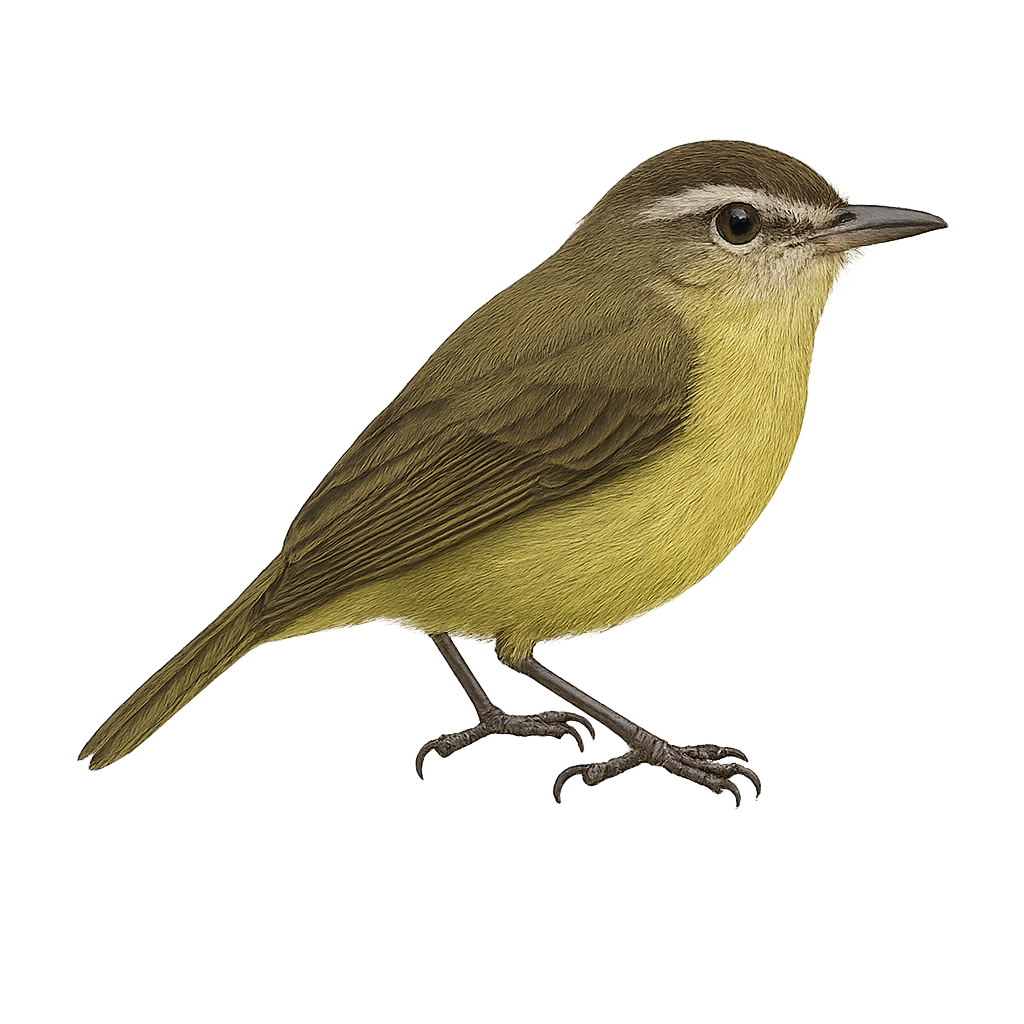Your wildlife photography guide.
Explore the brown-capped tyrannulet in detail, study its behavior, prepare your shots.
Where to observe and photograph the brown-capped tyrannulet in the wild
Learn where and when to spot the brown-capped tyrannulet in the wild, how to identify the species based on distinctive features, and what natural environments it inhabits. The WildlifePhotographer app offers tailored photography tips that reflect the brown-capped tyrannulet’s behavior, helping you capture better wildlife images. Explore the full species profile for key information including description, habitat, active periods, and approach techniques.
Brown-capped Tyrannulet
Scientific name: Ornithion brunneicapillus

IUCN Status: Least Concern
Family: TYRANNIDAE
Group: Birds
Sensitivity to human approach: Suspicious
Minimum approach distance: 10 m
Courtship display: April to May
Incubation: 15-17 jours
Hatchings: April to June
Habitat:
Tropical rainforests, cloud forests
Activity period :
Primarily active during the day, with peak activity in the morning and late afternoon.
Identification and description:
The Brown-capped Tyrannulet is a small passerine bird belonging to the Tyrannidae family. It is primarily found in the tropical rainforests of Central and South America, where it moves nimbly through the canopy in search of insects. Its head features a distinctive brownish hue, contrasting with its lighter body. Although discreet, its melodious song makes it identifiable to those who know how to listen. It plays an essential role in the ecosystem by controlling insect populations and participating in the pollination of certain plants. Its small size and lively behavior make it difficult to observe, but it is a favorite subject for amateur and professional ornithologists.
Recommended lens:
400 mm – adjust based on distance, desired framing (portrait or habitat), and approach conditions.
Photography tips:
To photograph the Brown-capped Tyrannulet, it is advisable to use a lens of 400mm or more to capture precise details without disturbing the bird. Look for it in tropical rainforests, where it often moves in the canopy. Be patient and discreet, as this bird is suspicious and can be difficult to spot. Favor early morning hours to benefit from soft, natural light. Use a tripod to stabilize your camera and achieve sharp images.
The WildlifePhotographer App is coming soon!
Be the first to explore the best nature spots, track rutting seasons, log your observations, and observe more wildlife.
Already 1 431 wildlife lovers subscribed worldwide

